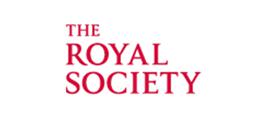- View more resources from this publisher
 Royal Society
Royal Society
How can we clean our dirty water?
This resource provides a set of videos and a practical investigation aimed at supporting working scientifically in the classroom and relating science to real world experiences. In the first video Professor Brian Cox joins a teacher to find out how to set up and run an investigation to find out how to turn dirty water into clean water. Provided with a water mixture including stones, sand and salt children are asked to separate it to get pure water using sieves, filters and evaporation. In the next video he then joins the class carrying out their investigation. Further videos show Brian Cox visiting a sewage treatment plant to see how sewage is cleaned by various processes so it can be returned to rivers. He also meets a scientist using chromatography as a separation technique. An accompanying written resource guides teachers on how to run the investigation in class.
This resource has been provided by the Royal Society.
Filtration set up video
Filtration experiment video
Real world sewage filtration video
Science filtration chromatography video
Show health and safety information
Please be aware that resources have been published on the website in the form that they were originally supplied. This means that procedures reflect general practice and standards applicable at the time resources were produced and cannot be assumed to be acceptable today. Website users are fully responsible for ensuring that any activity, including practical work, which they carry out is in accordance with current regulations related to health and safety and that an appropriate risk assessment has been carried out.
Downloads
-
How can we clean our dirty water 185.81 KB




